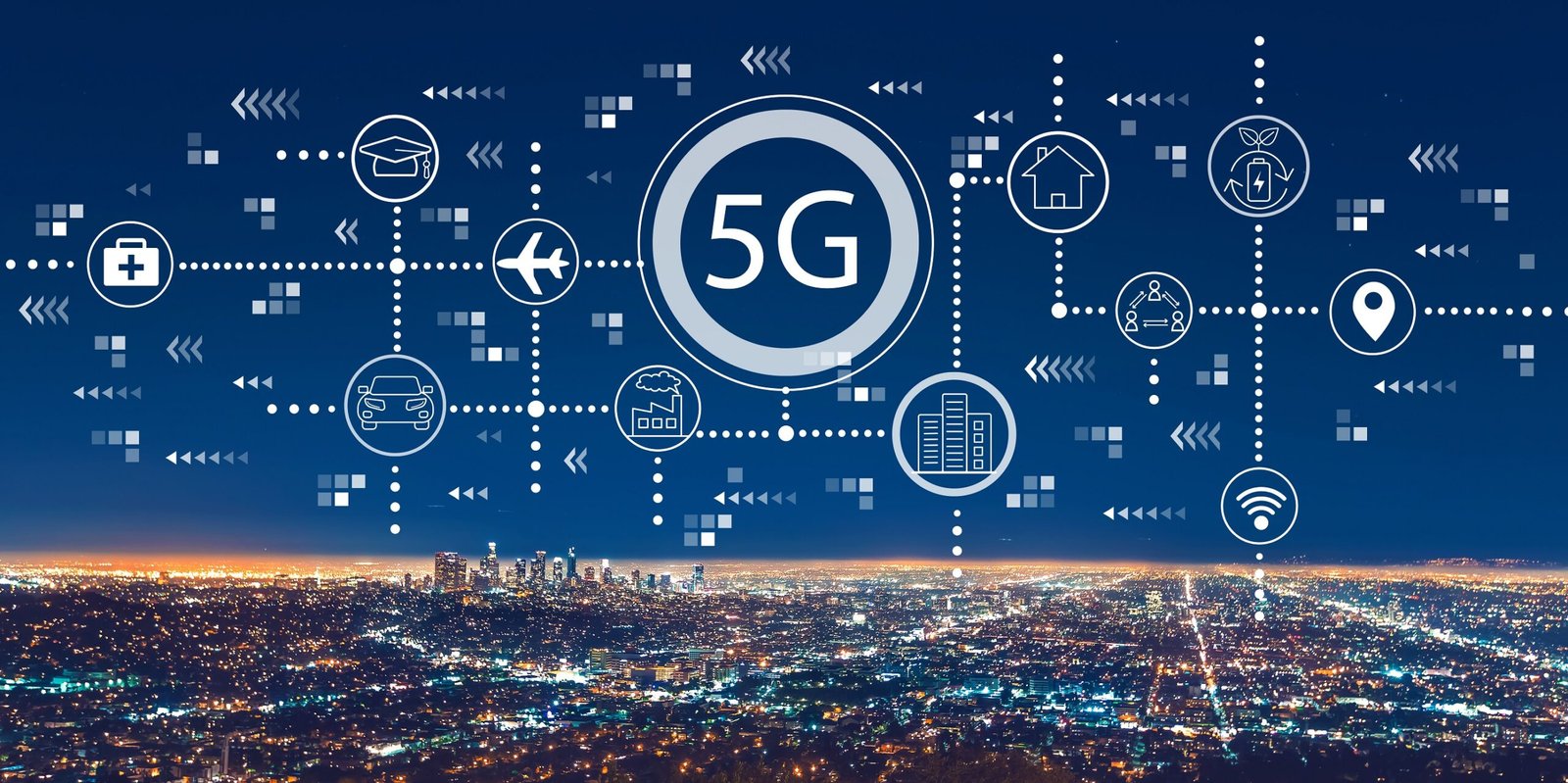Are you in the market for a new smartphone? If so, you may be wondering if you should buy one that uses 4G or 5G technology. Both of these options have their pros and cons, so it can be difficult to decide which is right for you. In this blog post, we will discuss the differences between 4G and 5G smartphones and help you decide which one is right for you. Keep reading to learn more!
When it comes to choosing a smartphone, one of the most important decisions you will have to make is whether to choose one that uses 4G or 5G cellular technology. Both types of networks have their advantages and disadvantages, so it’s important to understand the difference before making your decision.
What is 4G?
4G is the fourth generation of cellular communications. It was originally introduced to the public in 2009., 4G networks offered significantly faster data rates, lower latency, and more efficient use of the radio frequency spectrum.
In order to achieve these speeds, 4G (and later) cellular networks rely on a technology called Orthogonal Frequency Division Multiplexing (OFDM). OFDM splits the available radio frequency spectrum into multiple sub-frequencies, each of which carries a different data stream. This allows for more efficient use of the available bandwidth and results in much higher data rates.
Advantages of 4G:
Theoretically, the top speeds of a 4G connection should be up to 300Mbps. In practice, you’ll probably get around 50-100Mbps. That’s still a huge step up from most home broadband connections in the U.S., which max out at around 40Mbps. And it means that you can download a three-hour HD movie in about six minutes on LTE, whereas it would take over an hour on typical home broadband.
4G is also more widely available than its predecessor technologies like HSPA+, which was limited to certain carrier networks and devices. Now, all major carriers in the U.S.—AT&T, Sprint, T-Mobile, and Verizon—have adopted 4G technology, and most new smartphones support 4G.
One other advantage of 4G is that it’s more power-efficient than older cellular data technologies, so you can theoretically get longer battery life when using 4G data on your phone.
Disadvantages of 4G:
While 4G is much faster than its predecessors, it’s not without its drawbacks. One potential downside of 4G is that it can be more expensive for carriers to build and maintain a 4G network than a slower one. That’s why some carriers, like Sprint, have been slow to roll out 4G coverage.
Another potential issue with 4G is that it has relatively high latency or the time it takes for your device to receive a response after sending a request. That can make 4G connections feel slower than other types of data when you’re doing things like browsing the web or using apps that require a lot of back-and-forth communication.
What is 5G?
5G cellular networks are the newest generation of cellular technology, and they offer speeds that are even faster than 4G networks. They also have the potential to support a much larger number of devices than older generations of networks. It is one of the fastest, most robust technologies the world has ever seen.
Advantages of 5G:
The biggest advantage of 5G cellular networks is that they offer much higher speeds than previous generations. In theory, 5G networks can offer speeds of up to 20Gbps, which is more than 100 times faster than 4G networks. In practice, you’re likely to get around 100Mbps with a 5G connection, which is still significantly faster than most home broadband connections.
Another advantage of 5G cellular networks is that they can support a much larger number of devices than older generations of networks. That’s because 5G networks use a different type of technology that allows them to handle more data traffic.
Disadvantages of 5G
One potential downside of 5G cellular networks is that they can be more expensive to build and maintain than older generations of networks. That’s because the technology required to build a 5G network is still in the early stages of development, so it can be costly for carriers to deploy.
In addition, 5G networks may not be compatible with all devices. That’s because most devices on the market today are only designed to work with 4G networks or earlier. So if you want to use a 5G network, you may need to buy a new device that supports it.
How to Choose
When choosing between a 4G and a 5G cellular network, it’s important to consider your needs and the availability of services in your area. If you need the highest speeds possible, then a 5G network may be the best choice. However, if you’re concerned about cost or compatibility, then a 4G network may be a better option. Some manufacturers develop phones of the same model with different editions, like honor x9 128gb and honor x9 5g 256gb, to satisfy different needs of consumers. Shop now on Honor’s official store for the phone that meets your needs. Thanks for reading.







Leave a Reply